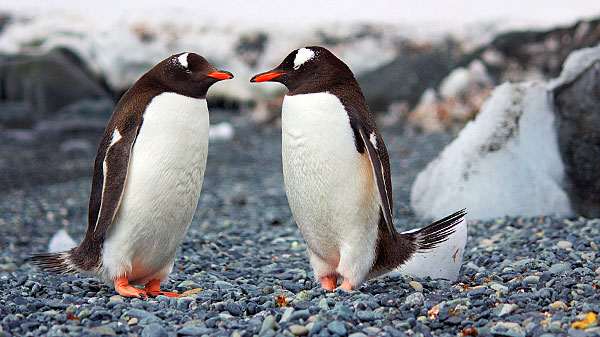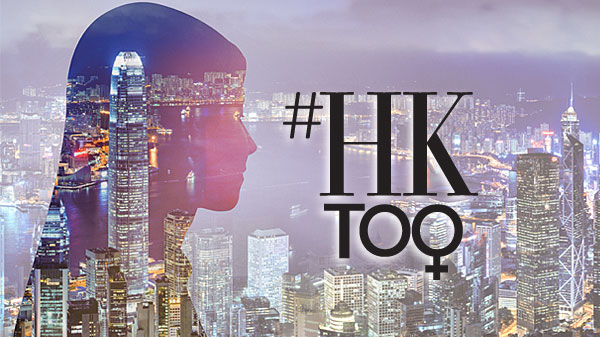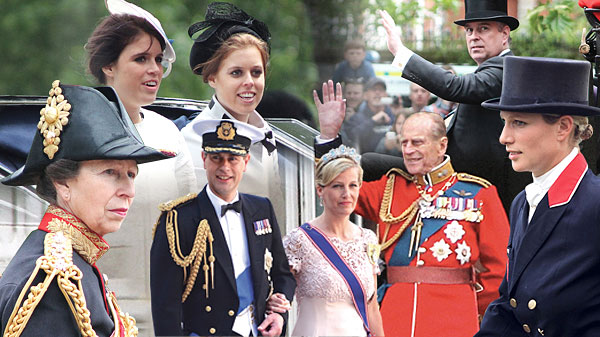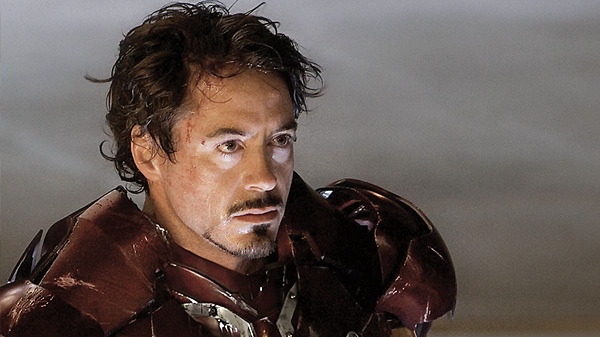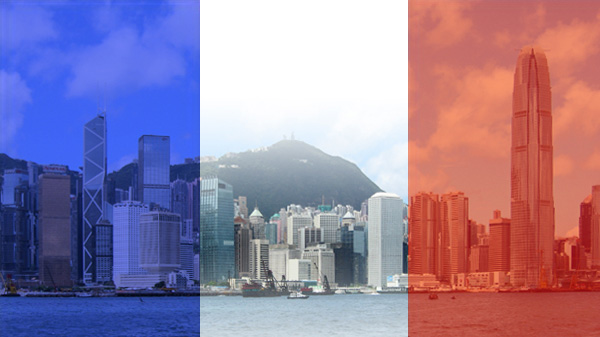From the moment Beyonce burst onto the music scene in 2003 with her first solo single, Crazy in Love, her stunning looks, sassy energy and killer voice ensured it was a hit. Throw in a soaring R&B horn section and a vocal contribution from acclaimed rapper (and eventual hubby) Jay-Z and the success of the track was assured. As was her own inevitable ascendancy to the all-time pantheon of pop greats.

Fast forward 15 years and she is the most-nominated woman in Grammy history and, as of 2014, she is the second-most-awarded recording artist of all time (behind only Michael Jackson, who she cites as her greatest musical influence).
Beyond accolades, it’s also fair to say that she’s not short of a few bobs. In 2016-17 alone, she earned US$60 million, making her one of the world’s highest-paid performers. The vast majority of that income came from her Formation World Tour, which grossed a quarter of a billion US dollars. Currently, Beyonce and Jay-Z (who she wed in 2008) are midway through their On The Run II Tour, which is expected to earn a staggering US$5 million per night.

Despite her fame, she is forever at pains to emphasise just how grounded and normal she remains, citing her faith as one of the things that keeps her real. Tackling the difference between her performer persona and her off-duty character, she says: “How I am on stage is very different to how I am in real life. I don’t think having a sexy image onstage conflicts with your ability to love God. No one knows what I’m really like just from seeing me from afar. I like to walk around with bare feet and I don’t like to comb my hair.
“How I feel about God and what He does for me, though, is something deeply personal. That’s very much about where I came from, my family and how I was brought up,” she adds. Whatever her religious allegiance, some deity certainly seems to be smiling on the girl born Beyonce Giselle Knowles in Houston on 4 September 1981. Before her solo success, she had already won widespread acclaim as a member of Destiny’s Child, the Texas-based all-girl trio that sold 60 million records worldwide before splitting up in 2006.

In 2002, while Destiny’s Child was taking an extended hiatus, she made her big screen debut in Goldmember, the third installment in the Austin Powers spoof spy movie trilogy. While a number of other cinematic outings followed, it wasn’t until 2008, when she took on the starring role of blues singer Etta James in biopic Cadillac Records, that her onscreen acting talent was finally widely acknowledged.
Despite being a multimedia entity – singer, songwriter, actress – she takes issue with being dubbed ‘Brand Beyonce’. She says: “I really don’t think of myself as a brand. I’m a singer, a songwriter, a musician, a performer and an actress, as well as all the other things that I do. When you add that all together, some might call it a brand, but that’s not my focus at all.”

She has , however, happily capitalised on the power of that perceived brand in order to shine a spotlight on a number of issues that are clearly close to her heart. In particular, as befits the times, her primary focus is now on empowering women.
Addressing this particular priority, Beyonce says: “Power means happiness, power means hard work and sacrifice. I truly believe that women should be financially independent from men. Let’s face it, money gives men the power to run the show. It gives men the power to define value. They even define what’s sexy and what’s feminine – and that’s clearly ridiculous.”

Despite – or, arguably, on account of – her crusade, her music is now seen as more relevant than ever. Her 2016 album Lemonade was one of her most acclaimed works to date, featuring in many reviewers’ best of the year recommendations.
Understandably, though, she is now at a point of rejecting at least part of her public persona, saying: “I’m so over being a pop star and I don’t wanna be seen as just a hot girl anymore. Now, I wanna be iconic. I’ve accomplished a lot and I’m highly respected, which is more important than any award or any amount of record sales.” As a summation of the life and times of Beyonce Knowles, it’s really rather hard to take issue.
Text: Robert Blain
Photos: AFP
























